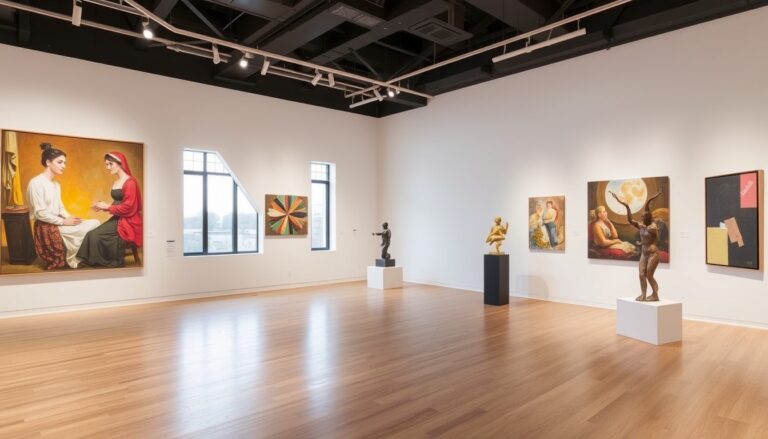There’s a certain allure surrounding contemporary art that captivates the imagination, and challenges preconceived notions of creativity. As you explore the world of modern art, it’s imperative to understand what it encompasses. This dynamic form of expression has evolved significantly since the mid-20th century, reflecting the complexities of contemporary society, various cultural influences, and innovative techniques.
Contemporary art refers to art produced in the late 20th and early 21st centuries. It is today’s art, created by artists living in the present moment. One of the first things you may notice is that this genre often defies traditional boundaries. It includes various mediums, from painting and sculpture to digital art, installations, performance, and street art. This broad spectrum allows artists to communicate their ideas innovatively, pushing the limits of what art can be.
One of contemporary art’s key characteristics is its deep connection to social, political, and cultural issues. As you explore various works, you will often find critiques of societal norms, reflections on identity, and challenges to power structures. Contemporary artists frequently engage with current events, addressing globalization, environmental concerns, and social justice. This engagement encourages you to reflect on your beliefs and values while fostering a dialogue about the world around you.
Another fascinating aspect of contemporary art is its emphasis on the viewer’s experience. Unlike traditional art, which may focus more on aesthetics or technique, modern art invites participation. Many installations or performance pieces create an interactive space, allowing you to become a part of the artwork. This participatory nature challenges the conventional notion of the “art observer” as you realize your role can be instrumental in interpreting and experiencing the art.
Additionally, globalization has played a significant role in shaping contemporary art. Artists from diverse cultures and backgrounds contribute to a rich tapestry of perspectives, blending styles and themes from different parts of the world. This exchange enhances one’s understanding of various cultural narratives while reflecting the interconnectedness of modern life.
As you navigate the world of contemporary art, it’s also important to acknowledge that it can evoke many emotions and interpretations. What resonates with you may differ significantly from another viewer’s experience. This subjectivity is integral to the contemporary art experience; it challenges you to engage with the artwork and draw conclusions. Rather than looking for a singular meaning, allow yourself to explore the myriad ways a piece may speak to you.
Contemporary art is a vibrant and evolving field that invites you to participate actively and engage critically. It reflects the complexities of our time and encourages you to contemplate the world around you. By understanding contemporary art, you deepen your appreciation of the diverse voices and perspectives shaping our modern cultural landscape.
